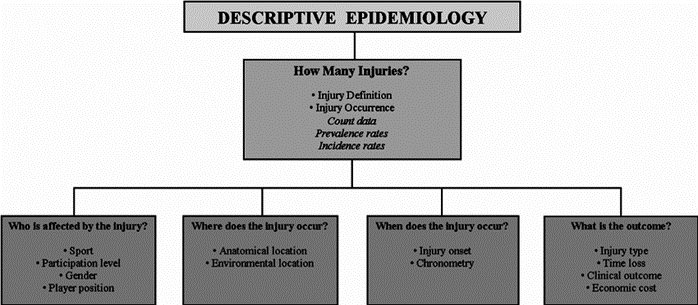A nurse wishes to develop cultural competence when caring for clients. Which of the following actions should the nurse take first?
Complete a survey of the various ethnicities represented in the nurse's community.
Study the beliefs and traditions of persons living in other cultures.
Consider how the nurse's own personal beliefs and decisions are reflective of their culture.
Invite a family from another culture to join the nurse for an event.
The Correct Answer is C
Choice A reason: Completing a survey of the various ethnicities represented in the nurse's community is a good way to learn about diversity, but it is not the first step in developing cultural competence. The nurse should first examine their own cultural background and biases, and how they affect their interactions with clients.
Choice B reason: Studying the beliefs and traditions of persons living in other cultures is a valuable way to gain knowledge and understanding, but it is not the first step in developing cultural competence. The nurse should first be aware of their own cultural values and assumptions, and how they influence their perceptions and judgments.
Choice C reason: Considering how the nurse's own personal beliefs and decisions are reflective of their culture is the first step in developing cultural competence. The nurse should recognize that culture is not only about ethnicity, but also about age, gender, religion, education, socioeconomic status, and other factors. The nurse should also acknowledge that culture is dynamic and complex and that each person has a unique cultural identity.
Choice D reason: Inviting a family from another culture to join the nurse for an event is a nice way to show respect and interest, but it is not the first step in developing cultural competence. The nurse should first develop self-awareness and sensitivity, and avoid making stereotypes or generalizations about other cultures.
Nursing Test Bank
Naxlex Comprehensive Predictor Exams
Related Questions
Correct Answer is D
Explanation
Choice A: Reviewing communicable disease statistics. This is incorrect because this is an example of descriptive epidemiology, not analytic epidemiology. Descriptive epidemiology describes the distribution and patterns of health events in populations, such as the frequency, location, and time of occurrence.
Choice B: Tracking locations where family violence is increasing. This is incorrect because this is also an example of descriptive epidemiology, not analytic epidemiology. Descriptive epidemiology tracks the trends and variations of health problems in different groups or areas.
Choice C: Describing population characteristics for healthy older citizens. This is incorrect because this is another example of descriptive epidemiology, not analytic epidemiology. Descriptive epidemiology provides information about the demographic and social factors that influence health outcomes.
Choice D: Identifying factors contributing to childhood obesity. This is correct because this is an example of analytic epidemiology. Analytic epidemiology investigates the causes and associations of health events in populations, such as the risk factors, exposures, or interventions that affect health outcomes. Analytic epidemiology often uses comparison groups to test hypotheses and draw conclusions.

Correct Answer is B
Explanation
Choice A reason: A black tag is not the appropriate priority tag for this client, as it indicates that the client is dead or has injuries that are incompatible with life. A black tag is used for clients who have no signs of life, such as pulse, respiration, or pupillary response, or who have severe injuries that cannot be treated with the available resources, such as massive head trauma, decapitation, or incineration. A black tag means that no further care or intervention is provided to the client.
Choice B reason: A red tag is the appropriate priority tag for this client, as it indicates that the client has life-threatening injuries that require immediate attention and treatment. A red tag is used for clients who have compromised airway, breathing, or circulation, such as respiratory distress, shock, severe bleeding, chest pain, or head injury. A red tag means that the client is given the highest priority and is treated as soon as possible.
Choice C reason: A green tag is not the appropriate priority tag for this client, as it indicates that the client has minor injuries that do not require urgent care or intervention. A green tag is used for clients who have stable vital signs and can walk or move without assistance, such as abrasions, sprains, fractures, or minor burns. A green tag means that the client is given the lowest priority and is treated after all other clients.
Choice D reason: A yellow tag is not the appropriate priority tag for this client, as it indicates that the client has serious injuries that require observation and treatment within a short time frame. A yellow tag is used for clients who have potential complications or deterioration of their condition, such as abdominal pain, pelvic injury, open wounds, or spinal injury. A yellow tag means that the client is given the second highest priority and is treated within 30 to 60 minutes.
Whether you are a student looking to ace your exams or a practicing nurse seeking to enhance your expertise , our nursing education contents will empower you with the confidence and competence to make a difference in the lives of patients and become a respected leader in the healthcare field.
Visit Naxlex, invest in your future and unlock endless possibilities with our unparalleled nursing education contents today
Report Wrong Answer on the Current Question
Do you disagree with the answer? If yes, what is your expected answer? Explain.
Kindly be descriptive with the issue you are facing.
